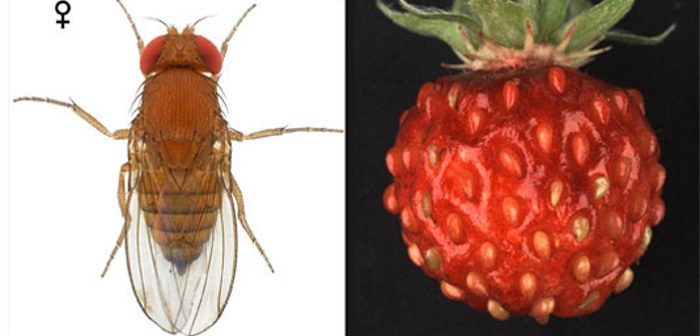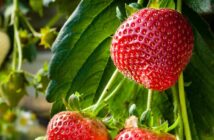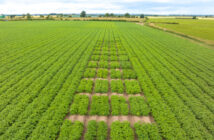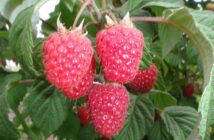Researchers at Ludwig-Maximilians-Universität Munich have identified a wild strawberry that inhibits the development of the spotted-wing Drosophila fly, within its berries. The genetic makeup of this strawberry could help suppressing this devastating crop pest in other fruit cultivars.
The so-called spotted-wing Drosophila (Drosophila suzukii) was first described from Japan in the 1930s. In 2008 it was recognized as an emerging global pest of soft-fruit crops. Among commercially important fruits, D. suzukii can drastically diminish yields of cherries, raspberries, peaches, plums, grapes and strawberries. Unlike other drosophilid species, the females of the species lay their eggs in fresh rather than fermenting fruits. When the larvae hatch, they consume the fruit pulp within a very short time. Now researchers led by LMU biologists Nicolas Gompel and Martin Parniske, in collaboration with the strawberry breeder Klaus Olbricht (Hansabred GmbH Co. KG, Dresden), have identified a wild strawberry in which the development of the larvae is suppressed, thus countering the spread of the pest. The new findings appear in the journal Frontiers in Plant Science.
Like many of the plant species that are susceptible to infestation by D. suzukii, strawberries belong to the family Rosaceae. But in the search for varieties of fruit that suppress this pest, they have the advantage of being much more amenable to genetic investigation than fruit trees. “For this reason, we tested a wide range of strawberry species, varieties and ecotypes for the presence of resistance genes by simply exposing them to the flies. Then we analyzed the development of the fly larvae in the fruits,” explains Parniske. “And we found a single strain of wild strawberry in which fly development was strongly inhibited. In this case, very few mature flies emerged from the infected fruits.”
This strain could therefore serve as the basis for the selective breeding of fruit cultivars that are less susceptible to infestation by D. suzukii. In future studies the LMU team plans to elucidate the genetic and physiological bases for the inhibition of fly development in the suppressive strawberry accession. If this trait turns out to be associated with a single gene, that gene could be conventionally bred into existing strawberry cultivars. This strategy could also be expanded by searching for related genes in fruit cultivars other than strawberry.




